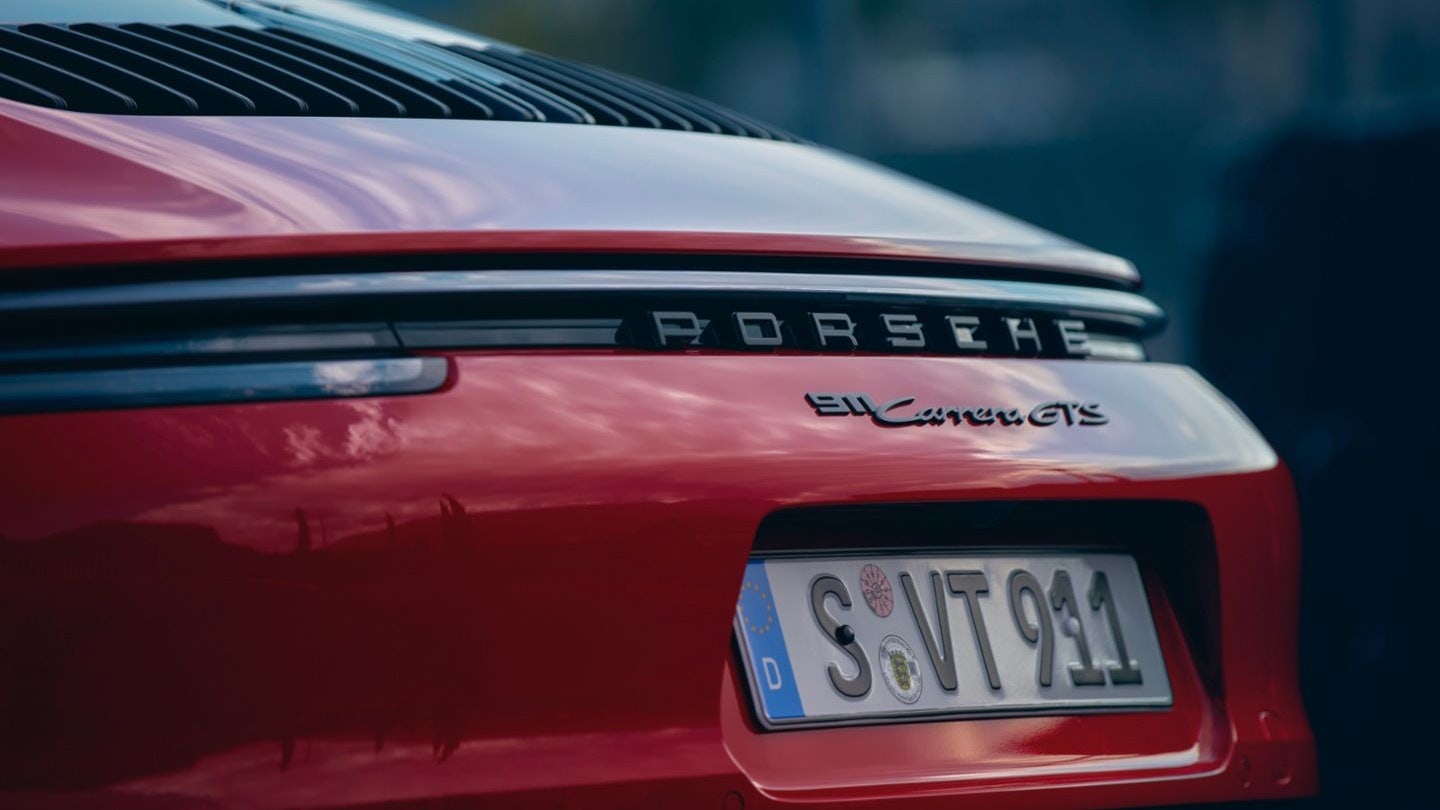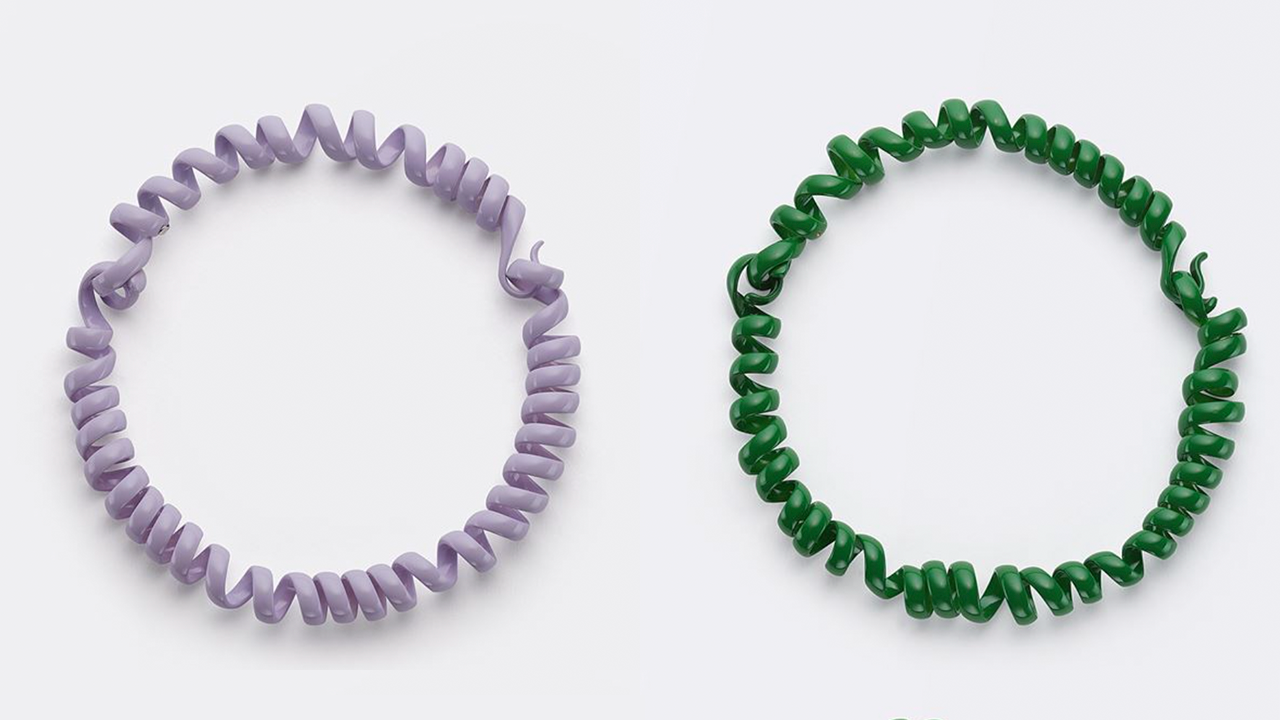Key Takeaways:#
McKinsey's research shows that China’s younger consumers are new to luxury, with only 13 percent of surveyed post-80s and 90s consumers saying they grew up with luxury.
Bling is generally associated with the public display of physical luxury goods, and social media has been a game-changer where one's status can be amplified to a wider audience.
Hermès is not regarded as a flashy brand, but its limited-edition handbags like the Birkin and Kelly are difficult to obtain. This product scarcity coupled with the desirability of the brand equates significantly to bling appeal.
'Bling' can mean different things to different people. It usually conjures up associations with extravagance, conspicuousness, and flashiness. The design is essentially a loud signal to confer or symbolize status that is mainly financially or socially driven. But it is also essential for forging a ‘desired identity.’
Ostentatious or conspicuous luxury represents the rise of China’s consuming middle classes, the first and, particularly, the second generation of wealth (Fuerdai). As such, recognizably exclusive luxury brands provide the so-called ‘new rich’ with a visible expression of their social capital.
Some observers might point out that bling in China has become an outdated phenomenon and that the market has moved on. Yes, extravagance has certainly been toned down, and now, consumers who see themselves as ‘superior in taste’ tend to favor niche brands. Undeniably, the ongoing government campaign to curtail corruption has impacted luxury gifting and, to a certain extent, the brandishing of wealth.
Nonetheless, this does not represent the end of bling in China. In fact, it never disappeared. Revenge spending is a timely reminder that consumers are still attracted to high-status luxury brands. In 2020, deliveries of the iconic Porsche 911 to Chinese customers increased by 70 percent compared to the prior year. So is bling here to stay in China? Here we've outline why bling will remain in style and should even be considered integral to luxury brand offerings.

Knowledge Gap#
McKinsey's research shows that China’s younger consumers are new to luxury. Only 13 percent of surveyed post-80s and 90s consumers grew up with luxury, so a knowledge gap is still very evident amongst these first-time luxury consumers. For them, it is the power of the logo that drives purchase intention. As McKinsey notes, the brand was the top reason for the last luxury purchase among 68 percent of the post-90s consumers.
Social Media#
Bling is generally associated with physical luxury goods that can be publicly displayed: the bag, automobile, or watch. Therefore, a game-changer has been all forms of social media, where one's status can be amplified to a wider audience. That also means experiential luxury is no longer personal or private. A visit to the Bvlgari Hotel Shanghai can be shared on various social media platforms and in real-time, which gives bling a new meaning as emotions from an intangible experience can quickly project a branded, luxurious lifestyle.
Celebrity Association#
Bling is also often defined by association. In many Western markets, for example, luxury brand associations can confer a grandiose image with the help of certain hip-hop artists. In China, the rise of celebrity culture has deepened the relationship between luxury and prominence that extends beyond prestige. This change is exemplified by the so-called Chinese ‘Kim Kardashian’ — referred to as Angelababy — who has associations with a range of luxury brands, including Dior and Tag Heuer.
Coded Status#
Bottega Veneta, a relatively logo-free brand, is not known for its ‘bling factor.’ Au contraire! It is precisely its inconspicuousness that makes the brand conspicuous (only by those ‘in the know’). It may be ironic, but the absence of a logo (and a minimal social media presence) gives stand-out appeal to the brand and its followers. Contrary to popular belief, bling can be discreet and does not need to be loud to instill status.
Brand to Product#
Limited editions have become a new reference for bling lovers. Hermès is not regarded as a flashy brand, but limited-edition handbags, such as its Birkin and Kelly bags, are difficult to obtain. Product scarcity coupled with the desirability of the brand equates significantly to bling appeal. This phenomenon has trickled down to the sneaker category, where premiums on high-demand models reflect their resale market value.
Managing bling in China is a delicate balance. The performance of a Porsche car has little value if its conspicuous image isn't bestowed upon the owner and appreciated by others. However, too much bling and a brand will be outed as being ‘superficial’ while too little bling will rob it of relevance. Desirability rather than popularity is defining the new expression of bling. Therefore, luxury executives need to navigate the right bling strategy for adding value to their brands, as bling is most definitely here to stay.
Glyn Atwal is an associate professor at Burgundy School of Business (France). He is co-author of Luxury Brands in China and India (Palgrave Macmillan).


